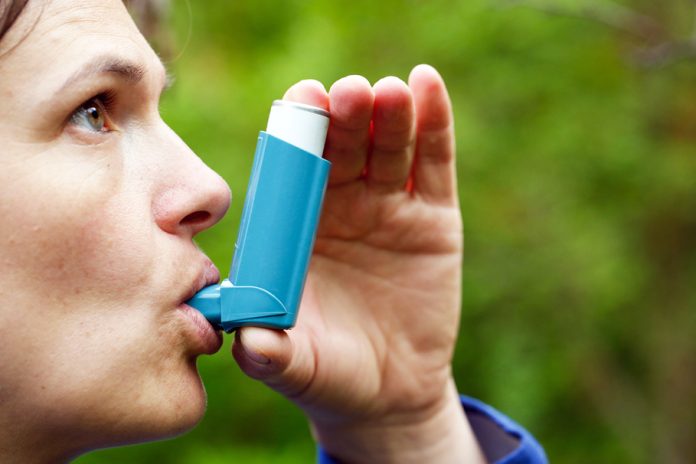How well do you know your asthma inhaler? What does it do for you? What drugs are in it? Do you puff and breathe, or breathe and puff?
Inhalers are the most effective way to get lifesaving medications to people with asthma and other lung diseases. Whether you have asthma or care for someone who does, here’s what you need to know about inhalers, including how to use one correctly.
What Is an Asthma Inhaler?
An asthma inhaler is a handheld device that delivers medication straight into your lungs. You get the drugs faster — and with fewer side effects — than you would if you took it by pill or IV.
Asthma inhalers can deliver drugs in a variety of ways.
Hydrofluoroalkane inhalers (HFAs)
Formerly called metered dose inhalers (MDIs), HFAs give the drug through a small, handheld aerosol canister. They work like a spray can. You push the inhaler, it sprays out the medicine, and you breathe it in. A tube-like gadget called a spacer can help kids or people with trouble breathing use an HFA more easily.
Using an HFA without a spacer
- Take the cap off your inhaler and shake it well.
- Hold the inhaler with your index finger on top of the canister and thumb on the bottom of the plastic mouthpiece.
- Sit up straight or stand up. Tilt your head back slightly and breathe out all the way.
- Open your mouth wide, and place the inhaler about 2 inches in front of your mouth. (Or you can put the HFA in your mouth, between your teeth, with your tongue flat under the mouthpiece and your lips sealed.)
- Breathe in and out one time.
- Press the metal canister down and breathe as deeply as you can for about 3 to 5 seconds
- Hold your breath for the length of time specified for the medicine you are taking to allow the medication to reach your lungs.
- Wait at least a minute, then repeat for each puff your doctor tells you to take.
- Replace the cap on your inhaler when you’re finished. If your inhaler contains a steroid, gargle and rinse your mouth with water or mouthwash after each use.
Using an HFA with a spacer
The contents of an HFA are under pressure and are released quickly, making it difficult to properly inhale the particles. The spacer chamber suspends these particles until you or your child breathes in, making it easier to get the medication into the lungs. These devices are recommended for children who have trouble coordinating breathing and using an inhaler the way they should, especially those younger than 5 or 6.
Adults should also use a spacer chamber, especially if they have problems using an HFA. Spacer chambers can keep particles from collecting in your mouth or tongue, lessening side effects from medications. Spacer chambers should not be used with a dry powder inhaler (DPI).
How do I care for an HFA with a spacer?
Clean the spacer chamber every other day. If you aren’t using it often, you may need to clean it only once a week. Let it air dry, and store it in a clean, dry place when you’re not using it.
How do I know when an HFA is empty?
The number of puffs contained in a metered dose inhaler is printed on the side of the canister. After that number of puffs has been used, you must throw out the inhaler, even if it continues to spray. Keep track of how many puffs you or your child has used. Many HFA brands also have built-in digital counters that show how many puffs are left.
If your child or an adult uses an HFA every day to control asthma symptoms, you can figure out how long it will last by dividing the total number of puffs in the HFA by the total puffs used every day. For example, if the HFA has 200 puffs and they use four puffs per day, divide 200 by four. In this case, the HFA would last 50 days. Using a calendar, count forward that many days to learn when to discard the HFA and begin using a new one.
Is There Enough Medicine in My Inhaler?
Many new inhalers include a dose counter to show how much medication is left. It’s hard to tell with older models, most of which make a puff sound long after the medication is gone. This could be a serious problem if you need the inhaler and it’s empty.
The best way to tell how many doses remain is to mark the number of doses used on the inhaler and then toss it after you’ve used this number of puffs. You can find the total number of doses on the box or canister. Mark the date on your calendar when you expect to use all of the available puffs in the new inhaler, and replace it before then. Keep one or two extra quick-relief inhalers at home.
Credit: webmd.com









